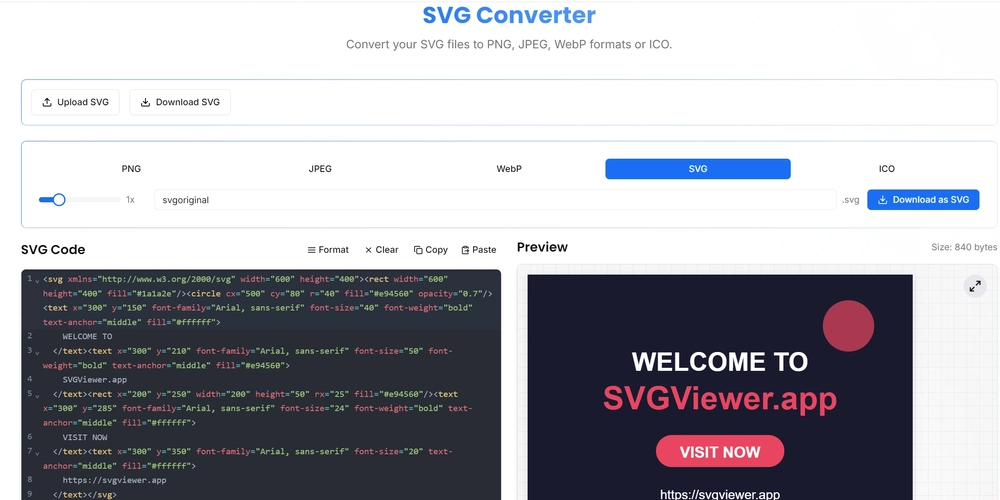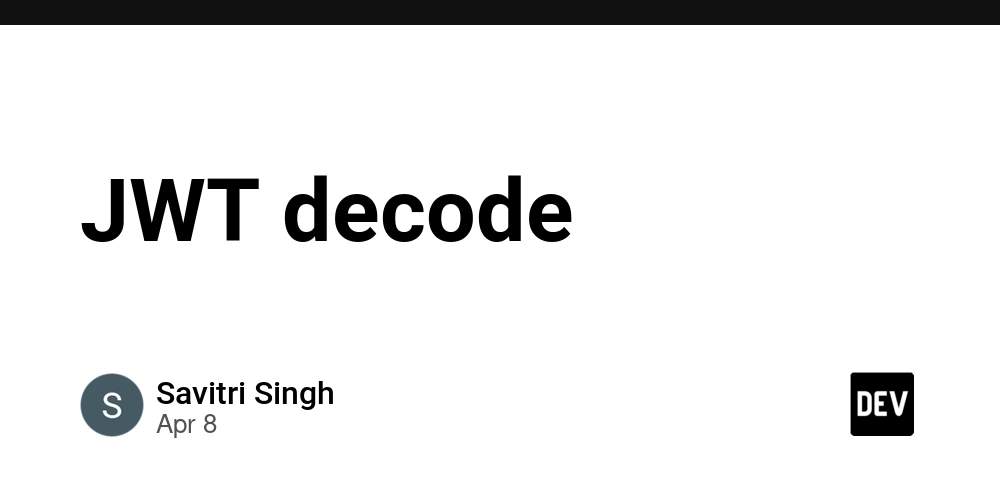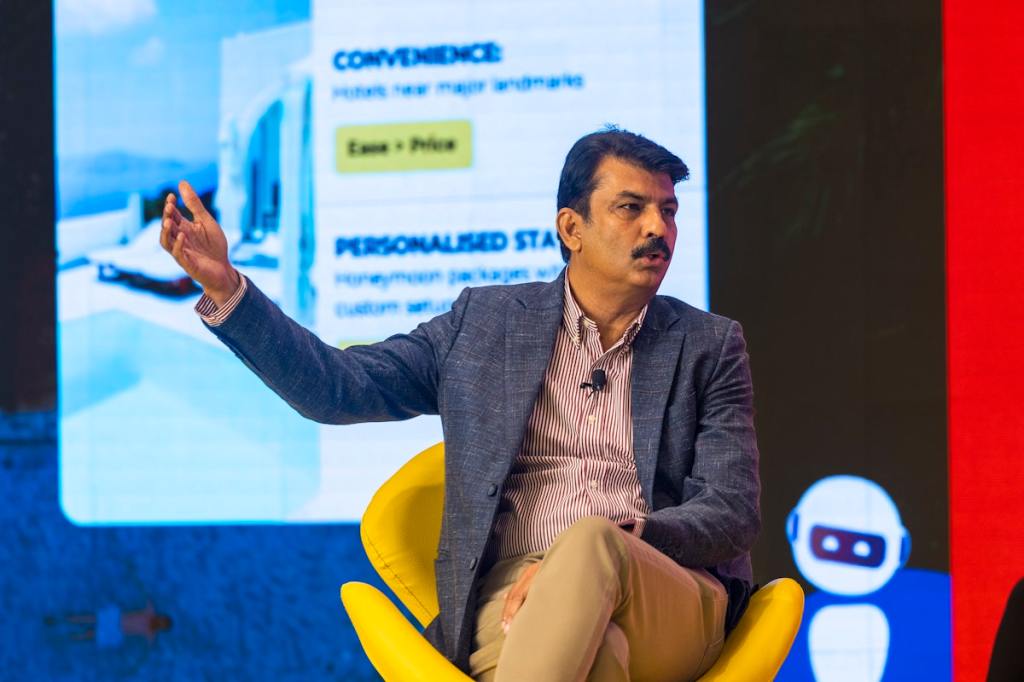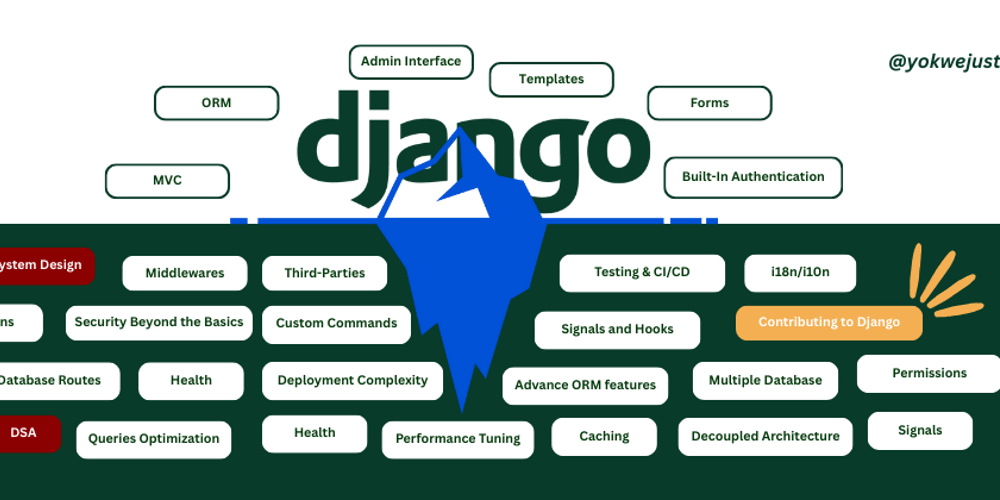Financial Planning and Sustainability for Open Source Developers: Navigating Financial Independence
Abstract In today’s rapidly evolving digital landscape, open source development is more than a passion—it’s an innovative career path. This post explains how financial planning, income diversification, and modern monetization strategies like dual licensing, blockchain integration, and NFT models combine to create a sustainable open source ecosystem. We cover critical areas such as budgeting, revenue streams, community engagement, and emerging trends. Through practical examples and use cases, this article provides actionable insights for developers looking to secure financial independence while advancing open source innovation. Introduction Open source projects continue to drive technological innovation worldwide. Yet, as many developers contribute voluntarily to these projects, financial stability becomes a significant challenge. Financial planning for open source developers means developing strategies that support income diversification, budgeting, and sustainable revenue generation. In this guide, we explore key concepts, practical applications, and emerging trends in financial planning and sustainability for open source contributors. With the rise in dual licensing models, donation platforms, blockchain-based funding, and NFT integrations, developers can now forge unique paths toward financial independence. Whether you are a veteran coder or a newcomer to open source, the following insights—supported by expert resources such as Open Source Revenue Generation and Sustainable Funding for Open Source—will help you build a robust financial roadmap. Background and Context The open source movement began decades ago with a simple idea: code should be free to use, modify, and share. Early programmers shared their innovations over bulletin board systems and informal networks. As the internet advanced, organizations such as the Free Software Foundation (FSF) and GNU played pivotal roles in defining software freedoms. Today, open source is not only crucial for innovation but also for enterprise-level projects. Modern open source projects use diverse licensing models—from permissive licenses like the MIT License (explained in detail in the MIT License Summary) to complex dual licensing arrangements where commercial users pay for proprietary rights while the community benefits from open access. This evolution has encouraged the integration of monetization strategies while preserving the collaborative spirit that defines open source. To remain competitive, developers are embracing financial literacy: understanding budgeting principles, leveraging multiple income streams (such as sponsorships, freelance contracts, and donations from platforms like Donations for Open Source Projects), and exploring innovative funding via blockchain technology. A key element of this evolution is the balance between community-driven development and sustainable financial practices. Core Concepts and Features Successful financial planning in the open source ecosystem incorporates both technical expertise and savvy money management. Below are some core concepts and features that enable financial sustainability. Income Diversification and Financial Resilience Financial independence does not rely on a single revenue source. Developers can benefit from leveraging multiple streams: Full-Time Employment & Freelance Work: Many developers balance full-time roles with freelance contributions. Donation-Based Funding: Platforms such as GitHub Sponsors and crowdfunding allow continuous community support. Sponsorships and Grants: Strategic partnerships and sponsorships encourage long-term funding. Innovative Revenue Models: Integrating blockchain for cryptocurrency donations and creating NFTs linked to project milestones open new funding avenues. Licensing and Revenue Models Choosing the right licensing model is key to balancing openness with financial viability. The MIT License and dual licensing models allow projects to serve both community and commercial needs. Dual licensing means that while the community enjoys a free version, enterprises may pay for enhanced features or proprietary rights. This model is a hallmark of sustainable open source projects. Budgeting and Financial Planning Establishing a structured budget helps developers allocate funds for: Operational Costs: Running servers, development tools, and team costs. Emergency Funds: Safeguarding against unpredictable expenses. Skill Development: Investing in the latest technologies, such as blockchain integration and NFT commerce, is vital for maintaining a competitive edge. Using modern budgeting apps and online tools simplifies tracking expenses and revenue—ensuring that both personal and project finances are managed effectively. Community and Network Building The strength of the open source model lies in its vibrant community. Key benefits include: Networking: Regular meetups,

Abstract
In today’s rapidly evolving digital landscape, open source development is more than a passion—it’s an innovative career path. This post explains how financial planning, income diversification, and modern monetization strategies like dual licensing, blockchain integration, and NFT models combine to create a sustainable open source ecosystem. We cover critical areas such as budgeting, revenue streams, community engagement, and emerging trends. Through practical examples and use cases, this article provides actionable insights for developers looking to secure financial independence while advancing open source innovation.
Introduction
Open source projects continue to drive technological innovation worldwide. Yet, as many developers contribute voluntarily to these projects, financial stability becomes a significant challenge. Financial planning for open source developers means developing strategies that support income diversification, budgeting, and sustainable revenue generation. In this guide, we explore key concepts, practical applications, and emerging trends in financial planning and sustainability for open source contributors.
With the rise in dual licensing models, donation platforms, blockchain-based funding, and NFT integrations, developers can now forge unique paths toward financial independence. Whether you are a veteran coder or a newcomer to open source, the following insights—supported by expert resources such as Open Source Revenue Generation and Sustainable Funding for Open Source—will help you build a robust financial roadmap.
Background and Context
The open source movement began decades ago with a simple idea: code should be free to use, modify, and share. Early programmers shared their innovations over bulletin board systems and informal networks. As the internet advanced, organizations such as the Free Software Foundation (FSF) and GNU played pivotal roles in defining software freedoms. Today, open source is not only crucial for innovation but also for enterprise-level projects.
Modern open source projects use diverse licensing models—from permissive licenses like the MIT License (explained in detail in the MIT License Summary) to complex dual licensing arrangements where commercial users pay for proprietary rights while the community benefits from open access. This evolution has encouraged the integration of monetization strategies while preserving the collaborative spirit that defines open source.
To remain competitive, developers are embracing financial literacy: understanding budgeting principles, leveraging multiple income streams (such as sponsorships, freelance contracts, and donations from platforms like Donations for Open Source Projects), and exploring innovative funding via blockchain technology. A key element of this evolution is the balance between community-driven development and sustainable financial practices.
Core Concepts and Features
Successful financial planning in the open source ecosystem incorporates both technical expertise and savvy money management. Below are some core concepts and features that enable financial sustainability.
Income Diversification and Financial Resilience
Financial independence does not rely on a single revenue source. Developers can benefit from leveraging multiple streams:
- Full-Time Employment & Freelance Work: Many developers balance full-time roles with freelance contributions.
- Donation-Based Funding: Platforms such as GitHub Sponsors and crowdfunding allow continuous community support.
- Sponsorships and Grants: Strategic partnerships and sponsorships encourage long-term funding.
- Innovative Revenue Models: Integrating blockchain for cryptocurrency donations and creating NFTs linked to project milestones open new funding avenues.
Licensing and Revenue Models
Choosing the right licensing model is key to balancing openness with financial viability. The MIT License and dual licensing models allow projects to serve both community and commercial needs. Dual licensing means that while the community enjoys a free version, enterprises may pay for enhanced features or proprietary rights. This model is a hallmark of sustainable open source projects.
Budgeting and Financial Planning
Establishing a structured budget helps developers allocate funds for:
- Operational Costs: Running servers, development tools, and team costs.
- Emergency Funds: Safeguarding against unpredictable expenses.
- Skill Development: Investing in the latest technologies, such as blockchain integration and NFT commerce, is vital for maintaining a competitive edge.
Using modern budgeting apps and online tools simplifies tracking expenses and revenue—ensuring that both personal and project finances are managed effectively.
Community and Network Building
The strength of the open source model lies in its vibrant community. Key benefits include:
- Networking: Regular meetups, hackathons, and conferences build bonds that support collaborative funding.
- Mentorship: Veteran developers help guide newcomers.
- Resource Sharing: Community-driven resource pooling reduces individual financial burdens.
Bullet List of Community Initiatives:
- Attend Conferences and Hackathons: Learn about cutting-edge trends.
- Collaborate on Codebases: Use shared resources to lower development costs.
- Engage in Mentorship Programs: Enhance both technical and financial literacy.
- Explore Crowdfunding and Sponsorships: Leverage platforms for consistent financial backing.
Blockchain and NFT Integration
Blockchain technology has transformed revenue models by providing transparency and decentralization. Projects can accept cryptocurrency donations and issue NFTs as unique digital assets tied to rewards, fractional ownership, or future revenue shares. This integration renders financial transactions more secure and can reduce dependence on traditional funding methods.
Combining Technical and Financial Strategies
Ultimately, open source success hinges on harmonizing technical excellence with robust financial strategies. Using financial planning tools and community networks, developers can maintain a balance where creativity and innovation are never compromised by monetary uncertainty.
Below is a table summarizing key financial strategies for open source developers:
| Strategy | Description | Impact |
|---|---|---|
| Income Diversification | Merging multiple revenue streams including employment, freelance projects, donations, and grants. | Reduces risk and ensures steady income. |
| Dual Licensing | Offering software under both free and commercial licenses, such as the MIT License for open use. | Balances community and commercial needs. |
| Budgeting & Savings | Allocating funds for both regular expenses and unexpected costs. | Stabilizes finances for long-term growth. |
| Blockchain & NFT Models | Integrating modern technologies for transparent donations and innovative asset tokenization. | Unlocks alternative revenue channels. |
| Community Engagement | Building networks via conferences, webinars, and open forums. | Expands support and complementary resources. |
Applications and Use Cases
Practical examples illustrate how these strategies work in real-world scenarios.
Use Case 1: Crowdfunding a Blockchain-Based Identity System
Consider a group of developers aiming to build a blockchain-based identity management system entirely with open source tools. With high development costs and unpredictable traditional funding, they launch a crowdfunding campaign. The developers accept cryptocurrency donations and issue limited-edition NFTs that represent future revenue shares. Key steps include:
- Detailed Budgeting: Creating a monthly breakdown of expenses.
- Community Engagement: Hosting webinars and Q&A sessions to build trust.
- Innovative Incentives: Connecting NFT rewards with project milestones.
- Revenue Diversification: Supplementing crowdfunding efforts with sponsorship commitments.
More details on such innovative funding strategies can be found in the Open Source Revenue Generation guide.
Use Case 2: Dual Licensing for a Software Library
A popular open source library offers a free version for academic and personal use, while large organizations must purchase a commercial license. This dual licensing strategy sustains the project by:
- Encouraging Broad Adoption: The free version fuels community contributions.
- Securing Revenue: Paid licenses from enterprises generate the funds needed for advanced features and continued innovation.
- Maintaining Legal Clarity: Clear license terms protect both contributors and users.
This method creates a balanced ecosystem where community ideals thrive alongside financial sustainability. For further exploration, see the MIT License Summary.
Use Case 3: Educational Workshops and Developer Grants
Financial planning does not solely rely on direct product funding. Open source developers often monetize their knowledge through:
- Paid Workshops and Webinars: Sharing expertise on emerging technologies like blockchain and NFT integration.
- Online Courses: Offering in-depth training sessions on financial planning and technical development.
- Developer Grants: Applying for grants that support further research and innovation.
These educational efforts not only generate income but also promote community growth and skill development. Such initiatives are essential in bridging the gap between technical mastery and financial literacy.
Challenges and Limitations
Despite the promise of various financial models, several challenges may hinder financial sustainability in open source projects.
Inconsistent Revenue Streams
Unlike regular salaried positions, revenue from donations or freelance work can be unpredictable. Key challenges include:
- Erratic Funding: Sporadic donations might cause cash flow issues.
- High Dependence on Community Engagement: Maintaining an active supporter base is essential.
- Market Saturation: With many projects vying for sponsorships, standing out becomes difficult.
Technical Challenges in Monetization
Developers face several technical roadblocks, such as:
- Complex Licensing Models: Managing dual licensing or custom payment architectures often requires additional legal expertise.
- Blockchain Integration Risks: While blockchain offers transparency, it also introduces challenges in security, volatility, and regulatory compliance.
- Data Privacy Concerns: With growing regulations, systems must be designed to comply with standards like those discussed in Firefox Data Sharing Privacy.
Adoption and Ecosystem Fragmentation
Managing multiple funding channels can be resource-intensive. Fragmentation within funding platforms, such as differing support for crowdfunding and grants, sometimes leads to:
- Resource Constraints: Smaller or early-stage projects might struggle to invest in professional financial tools.
- Governance Complexities: Incorporating advanced models like NFT tokenization demands balancing technical, legal, and ethical concerns.
Financial Literacy Gaps
Many developers excel in coding but lack formal training in financial management. Common issues include:
- Limited Access to Specialized Education: Courses specific to the financial challenges of open source projects remain scarce.
- Time Constraints: Balancing project work with learning financial practices can be overwhelming.
- Cultural Barriers: A strong focus on community may sometimes sideline discussions related to monetization.
Future Outlook and Innovations
Looking forward, several trends are poised to reshape financial planning for open source developers.
Advancements in Blockchain and NFT Technologies
Blockchain is set to revolutionize funding by providing more reliability and transparency:
- Enhanced Transparency: Future blockchain solutions will track donations and sponsorships more accurately.
- Tokenized Revenue Streams: NFT-based revenue models could democratize project ownership through fractional shares.
- Smarter Contracts: Improved smart contract security will mitigate integration risks.
Improved Funding Platforms
Next-generation funding platforms promise to directly address community needs:
- Seamless Integration: New platforms aim to consolidate various forms of funding—donations, grants, and sponsorships—into one dashboard.
- Automated Budgeting Tools: AI-driven tools can analyze revenue trends and suggest budget adjustments.
- Cross-Platform Collaboration: Bridging traditional financing systems with blockchain-based funding will broaden opportunities.
Enhanced Financial Education Initiatives
To close the financial literacy gap, new educational programs will emerge:
- Online Courses and Certifications: Partnerships with platforms like Coursera and edX may offer course modules tailored for developers.
- Community Mentorship Programs: Experienced developers will share insights on balancing technical work with financial planning.
- Government and Corporate Initiatives: Funding and tax incentives for open source projects could boost financial education.
Regulatory and Ethical Considerations
As new funding modalities develop, regulatory frameworks will evolve:
- Data Privacy Compliance: Strengthening privacy regulations will ensure projects meet standards like those outlined in Firefox Data Sharing Privacy.
- Ethical Monetization: There will be increased focus on balancing revenue generation with the open source ethos.
- Transparent Financial Tools: Real-time auditing and transparent reporting will become standard, making financial management more effective.
Integrating with Broader Ecosystems
Innovative partnerships between open source projects and emerging blockchain platforms (such as those detailed in the Arbitrum and DeFi Yield and Arbitrum and Open Source Scaling Solutions discussions) will drive industry-wide adoption and scalability.
Summary
The journey toward financial independence for open source developers requires a holistic approach that combines:
- Robust Financial Literacy: Investing in budgeting and education is crucial.
- Income Diversification: Leveraging multiple revenue streams—from traditional employment to blockchain-based donations.
- Innovative Licensing Models: Balancing community values with commercial viability through dual licensing.
- Community Engagement: Building strong networks enhances both technical skills and financial resilience.
- Adoption of Modern Technologies: Embracing blockchain and NFT solutions to unlock new funding mechanisms.
In summary, integrating these strategies helps ensure that open source projects continue to thrive in an environment where technical excellence and economic resilience go hand in hand.
References and Further Reading
For further insights into the nexus of financial planning and open source development, explore the following resources:
- Financial Planning and Sustainability for Open Source Developers: Navigating Financial Independence
- Open Source Revenue Generation
- Sustainable Funding for Open Source
- Unveiling MIT License Summary
- Firefox Data Sharing Privacy
Additional perspectives from the developer community include:
- The Crucial Role of Financial Education for Open Source Developers
- Fueling Innovation Sustainably: Income Models for Open Source Projects
- License Token: A New Dawn in Open Source Funding
Other relevant reading may include articles that explore blockchain innovations, NFT markets, and the evolving landscape of open source monetization.
By embracing these financial strategies and staying informed on emerging trends, open source developers can secure their innovation with stability, ensuring that creativity and collaboration remain at the heart of the technology ecosystem.
Happy coding and financially secure developing!












































































